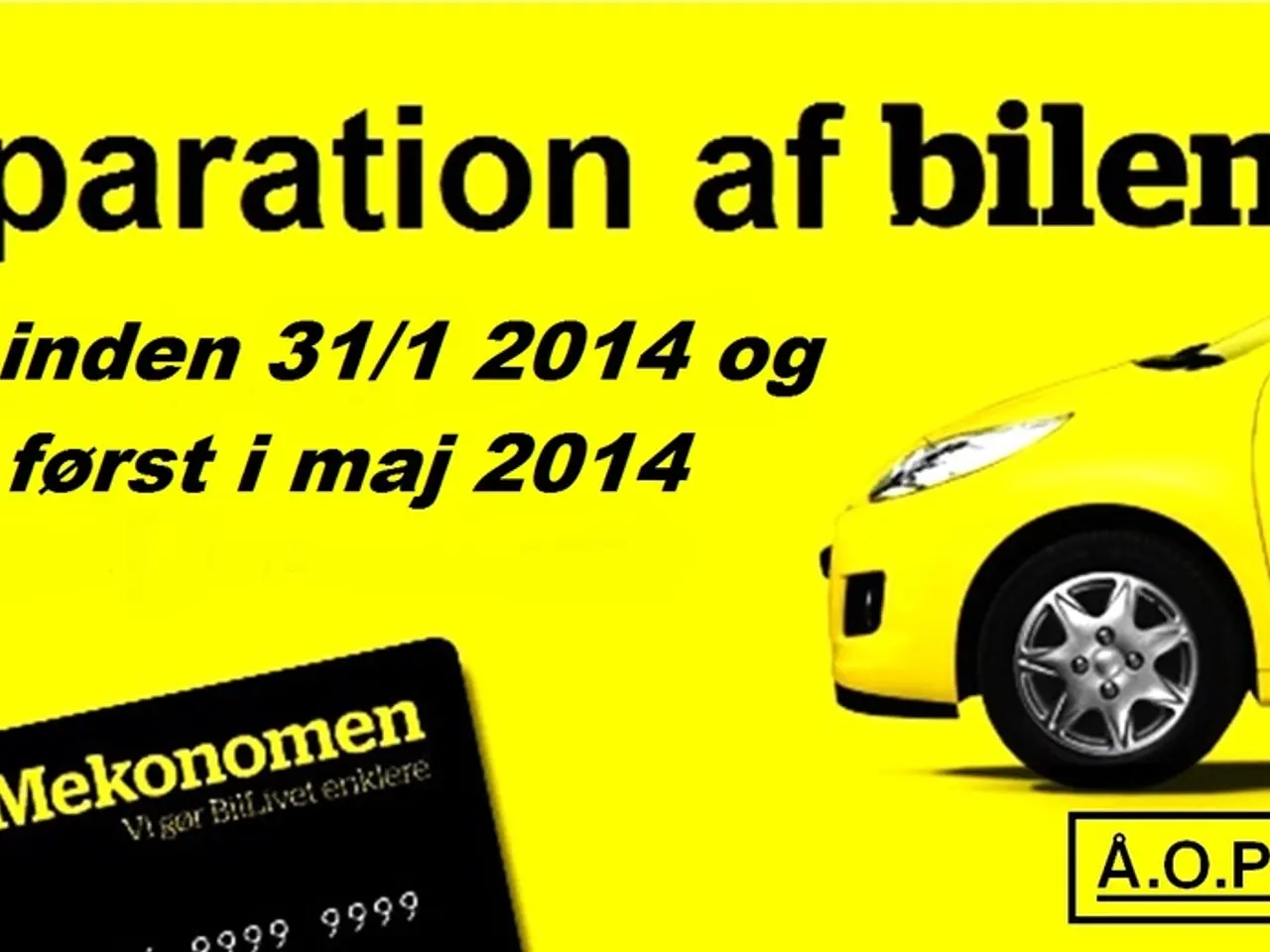Unveiling the Mysteries: Understanding Biweekly Payrolls
In the ever-evolving world of auto sales, one trend that has yet to gain widespread adoption is the use of biweekly auto loan payments. Despite their numerous benefits for both consumers and dealerships, biweekly payment plans remain underutilized in the industry.
For consumers, the advantages are clear. Biweekly payments, which effectively equate to an extra monthly payment per year, can lead to faster loan payoff, potentially significant interest savings, and improved budget management. By aligning payments with biweekly paychecks, many consumers find it easier to manage their finances.
However, dealerships and lenders stand to gain as well. Biweekly payment plans can reduce the risk of default, improve cash flow management, and enhance customer satisfaction and loyalty. Offering flexible payment options can transform the buying experience, making it more appealing and personalized.
Yet, the adoption of biweekly payment plans is hindered by several factors. The increased administrative burden and operational challenges involved in implementing and managing these plans are a significant deterrent for many dealerships. Modifying accounting systems, payment processing, and customer communication strategies can lead to higher costs and complexity without immediate visible benefits.
Moreover, dealerships must carefully communicate new payment terms and policies to customers to avoid misunderstandings. This requires effort and strategic planning, which may be a daunting task for some, especially independent dealers who may struggle with growth and operational changes.
Despite these challenges, the benefits of biweekly payment plans are compelling. In a time of low consumer confidence and rising loan delinquencies, the ability to offer biweekly payment options can be a strategic advantage. It can help reduce defaults, boost customer satisfaction, and build long-term loyalty.
In the future, being an advisor rather than just a seller is likely to become a competitive necessity. Offering biweekly payment options can elevate a dealership's role from seller to advisor, providing proactive financial coaching that is valued by millennial and Gen Z buyers.
To operationalize biweekly plans effectively, dealerships should consider auditing their digital retail tools, training their F&I departments on value-based framing, partnering with low-fee providers, and integrating biweekly options into menu presentations.
With the average price of a new vehicle now exceeding $48,500, the stakes are high. Offering biweekly payment options can create room to include higher-margin F&I products without sacrificing perceived affordability. It can also help achieve higher lender confidence through reduced delinquency risk and improved payment discipline.
In conclusion, the underutilization of biweekly auto loan payments is a strategic misstep. These payment plans, although complex to implement, can provide significant benefits for both consumers and dealerships. As the auto industry continues to evolve, it is essential for dealerships to consider the adoption of biweekly payment plans to stay competitive and meet the expectations of consumers who increasingly demand financing tools that align with real-world cash flow rhythms.
In the auto retail industry, the adoption of biweekly auto loan payments, despite its potential benefits such as improved customer satisfaction and reduced delinquency risk, is hindered by operational challenges and complications. To overcome these obstacles, dealerships can leverage technology to streamline the implementation process and train their F&I departments on value-based framing to effectively communicate new payment terms to customers.
In a technology-driven business landscape, dealerships have an opportunity to reinvent their role and offer proactive financial coaching to millennial and Gen Z buyers by implementing biweekly payment options, elevating their status from mere sellers to valued financial advisors. This strategic shift could be instrumental in increasing customer loyalty and staying competitive in the evolving auto industry.




